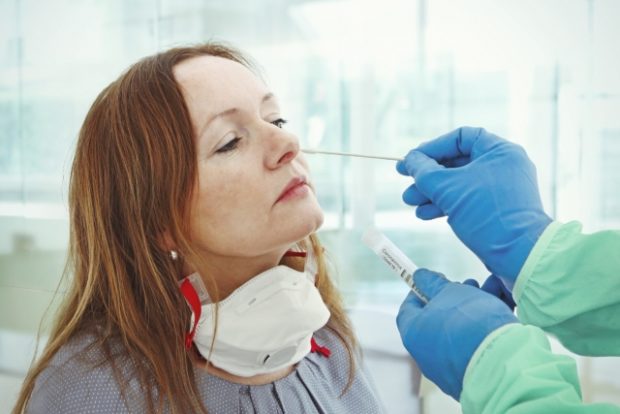Scientists tackle shortages with 3D-printed nasal swab for COVID-19 testing

Researchers have developed 3D-printed nasal swabs for covid-19 testing. Image: IStock/narvikk via AFP Relaxnews.
As the world waits for a COVID-19 vaccine, diagnostic testing continues on a massive scale as countries seek to limit the spread of the virus. With saliva tests proving slow to roll out in many global locations, researchers in the United States have developed a 3D-printed nasopharyngeal (NP) swab that could help meet demand while reducing the risk of shortages.
New technologies are coming to the aid of the health care sector to make up for shortages of essential certain tools in the fight against the COVID-19 pandemic. More precisely, 3D printing could enable the mass testing of populations to continue without running the risk of supply shortages. In response to the shortage of nasal swabs experienced early in the pandemic, the Department of Radiology at University of South Florida (USF) Health in Tampa set out to design, validate and create 3D-printed NP swabs.
Presented at the annual meeting of the Radiological Society of North America (RSNA), results of the first clinical trial of 3D-printed NP swabs for COVID-19 testing found the swabs to be effective. They were tested on 291 patients age 14 to 94, hospitalized or seen in the emergency room at three sites: Tampa General Hospital, Northwell Hospital and Thomas Jefferson University Hospital in Philadelphia. The 3D-printed swabs were found to perform just as well as “regular” swabs.
“To date, USF Health has printed more than 100,000 3D NP swabs, and hospitals around the world have used our 3D files to print tens of millions more swabs for point-of-care use,” said Summer Decker, Ph.D., associate professor, vice chair for research, and director of the 3D Clinical Applications for the Department of Radiology in the USF Health Morsani College of Medicine and Tampa General Hospital.
The scientists explained that the final prototype was developed using FormLabs printers and surgical-grade resin. They say that the 3D printing process takes up to 15 hours, depending on the printer used. The 3D-printed swabs are then rinsed in isopropyl alcohol, cured and hand-inspected for defects. Next, a member of the hospital’s infectious diseases team examines each swab before it is sterilized in an autoclave and packed in a test kit.
While many countries have their sights on saliva tests, NP swabs currently remain essential to the diagnosis of COVID-19. These new results are particularly promising as governments look to further expand mass testing to limit the spread of the disease. CC
RELATED STORIES:
New COVID-19 swab test robot offers safe, more comfortable procedure for patients
Manila provides free swab tests for vendors, drivers